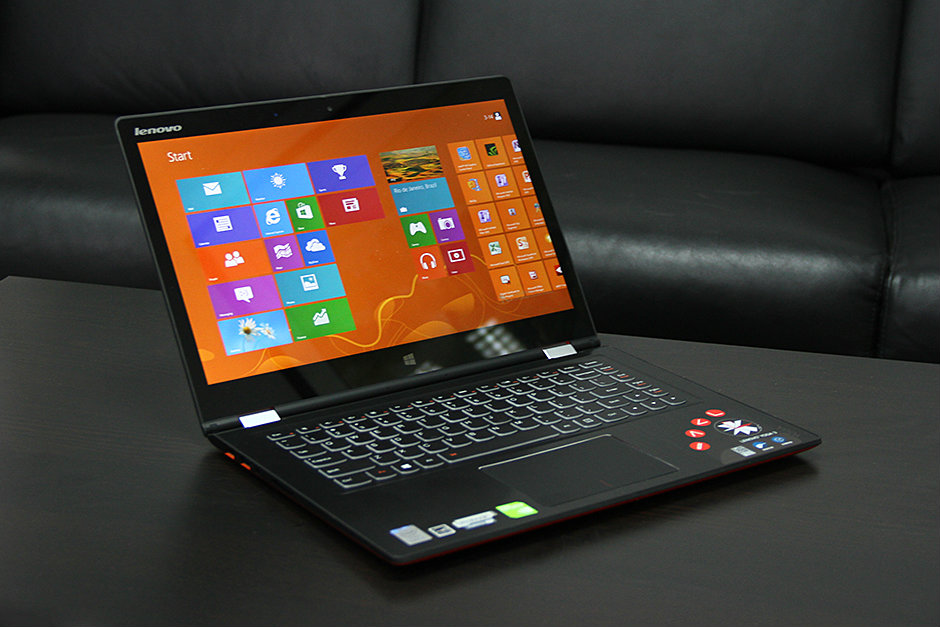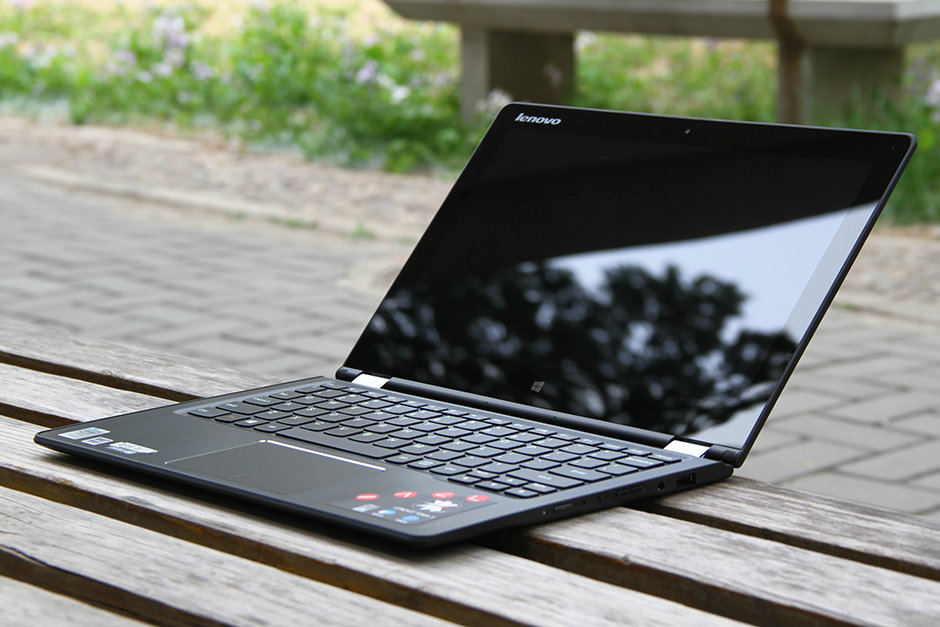- 以“卓越工程师”为目标的生物医学工程专业课程体系改革‘bet366体育在线平台’
- beat365唯一官网入口-自动阅卷系统测试与分析
- 黄瓜怎么选种?育苗方法有哪些?_best365官方网站登录入口
- 年前玉米价格是涨是跌?2019年全国各地玉米价格行情汇总‘bet366体育在线平台’
- beat·365唯一官方网站-波波维奇谈50胜记载:这记载能值一杯咖啡吗?
- 马刺遭最难一季并未崩盘 银黑军团需调整再出征:beat365唯一官网入口
- best365官方网站登录入口_做好以下这几点 玩好LOFT不在话下
- 10城设计师聚首武汉共话青年设计师价值‘bet366体育在线平台’
- 济南天伦医院治不孕有哪些优势-bat365正版唯一官网
- “best365官方网站登录入口”视网膜眼底图像中视盘的检测方法1
邮箱:admin@cn2e.net
手机:19101334367
电话:020-88888888
地址:宁夏回族自治区吴忠市仁怀市算程大楼9505号
【beat·365唯一官方网站】揭露中国兵马俑武器的秘密
The crossbow triggers and parts found in EmperorQins mausoleum.在秦始皇陵中找到的弩的扳机和部件。One of the most astounding archaeologicaldiscoveries of the 20th century is arguably the life-size terra-cotta armyburied alongside Chinasfirst emperor. Now, scientists have figured out how the bronze triggers for thecrossbows of the 8,000 terra-cotta warriors were manufactured.埋在中国首位帝王身边真人大小的兵马俑是二十世纪最难以置信的找到之一。现在,科学家早已找到了8000位人佣所所持铜弩的扳机是如何被生产出来的了。
Teams of craftspeople workedin small groups to produce the bronze pieces in batches for the tomb of ancientEmperor Qin Shi Huang, according to a new study detailed in the March issue ofthe journal Antiquity.一个工匠团队分为小组工作,为秦始皇的陵墓来批量制作铜件。刊出在《古物》杂志三月刊上的一项新的研究回应展开了详尽的描述。
Prepared for theafterlife为了轮回作准备Historical documents suggest that soon afterEmperor Qin Shi Huang ascended to the throne in 246 B.C., he began work on histomb near Xian, China. When the tomb was firstunearthed in the 1970s,it revealed thousands of lifelike terra-cotta statues ofartisans, musicians, officials, horses and soldiers. The epic effortconscripted 700,000 laborers, many of whom were convicts or people who were indebt to the empire, said study co-author Xiuzhen Janice Li, an archaeologistwho was at the University College London at the time of the new work and is nowat the Emperor Qin Shi Huang’s MausoleumSite Museumin China.历史文件指出,在秦始皇于公元前246年攀上帝位的不长时间之后,他就开始著手在中国的西安修建自己的陵墓。当他的陵墓于上世纪70年代第一次发掘出时,发掘出了上千个活灵活现的人佣,有工匠,音乐家,官员,马匹和士兵。这项研究的联合作者Xiuzhen Janice Li说道当时有70万名劳工被招致展开这项史诗般的工程,其中大部分是囚犯或不出朝廷债的人。
Xiuzhen Janice Li曾多次是伦敦大学的考古专家,现在工作于中国的秦始皇帝陵博物馆。The massive undertaking had an important goal:ensuring the emperors military power and resources in the afterlife.这项宏大工程有一个最重要的目标:保证皇帝的军事力量和资源追随他来临世。As part of the huge project, craftspeoplesculpted about 8,000 colorful warriors — likely using real human beings asinspiration — and those warriors wore stone armor and wieldedlances, swords and crossbows.作为这项巨大工程的一部分,工匠们塑刻了约8000个色彩鲜艳的勇士——他们很有可能是以确实的人作为启发,这些战士们头戴石盔,手执长矛,短剑和弩。But it wasnt clear exactly how these ancientweapons were made. The crossbows were made of wood or bamboo that rotted longago, and only the tips and triggers for the bows remained, Li told LiveScience.但是目前还不确切这些古老的武器到底是如何被生产出来的。
Li告诉他《生动科学》(Live Science)说道,那时候生产的木制或竹制弩身认同在很久以前就枯萎了,只留给了这些小物件和扳机。Small workshops小作坊To learn more about how the massive trove wasbuilt, Li and her colleagues visually inspected and measured about 216 of thefive-part crossbow triggers from the mausoleum. The lack of wear on the metal pieces suggeststhe weapons were never used in actual battle, but were instead built solely forthe tomb, the researchers said.为了更为理解这座极大的宝库,Li和她的同事们仔细观察测量了200多个弩扳机的组件,他们研究找到这些扳机完全没有磨损,解释它们从没在战场上被用于过,而是专门为秦始皇陵而生产的。
In addition, the team analyzed the spots wheretriggers were found in the tomb, as well as the variation in the size and shapeof the pieces.此外,研究小组分析了找到这些扳机的那个地点,对比了其中碎块的大小样式。The pieces were mostly uniform, suggesting theinterlocking trigger parts were made in the same or nearly-identical molds andproduced in small batches. Each batch of the trigger pieces was likely thenassembled in small cells, or workshops, perhaps headed by anoverseer. That model contrasts with the assembly linehypothesis that some archaeologists thought might have been used.这些累赘的部件完全是完全相同的,这指出那些连锁扳机结构的组件是用同一种或完全完全相同的模子批量生产出来,他们很有可能也在这些小作坊里展开组装,或许由监工负责管理。
考古学家猜测某种类似于“装配线”的模式早已在那个时候被运用了。Mirror of society社会的倒影The organization into small workshops wassimilar to the structure the emperor imposed on the rest of society in ancient China,said study co-author Marcos Martinón-Torres, an archaeologist at the UniversityCollege London.该研究联合编写人,伦敦大学考古专家Marcos Martinón-Torres提及,在古代中国,这种小作坊的的组织结构与皇帝在其他社会领域中实行的很相近。He abolished any privileges inherited byblood, and the population was divided in small groups that were collectivelyresponsible for their adherence to imperial laws, Martinón-Torres wrotein an email to Live Science. For example, if someone in one of thesegroups committed a crime, all of them were held responsible, unless they reportedthe culprit and allowed them to be punished.“他废止了宗法制,在法律上对民众实施获罪制度” Martinón-Torres在他寄给《生动科学》的电子邮件中说道到:“荐个例子,如果一组人中一个人犯了罪,其余所有人都要为此承担责任,除非他们检举责任人并让他拒绝接受惩罚。”The manufacturing technique used in the workshopalso may have been used by weapon makers for the Emperor of Qins real armies,though thats just speculation, Martinón-Torres said.Martinón-Torres还提及,这种工作间里的生产技术很有可能被工匠用来为皇帝生产确实的武器,但这只是一个假设。
The cellular workshop model we postulatefor the weapons manufacture in the mausoleum would have also offered usefulflexibility for armies on the move, he said.这种蜂窝式的工作间模式很有可能为行动中的军队带给更高的灵活性,他说道。
本文关键词:beat·365唯一官方网站,best365官方网站登录入口,beat365唯一官网入口,bet366体育在线平台,bat365正版唯一官网
本文来源:beat·365唯一官方网站-www.cn2e.net
-
2024-11-24五种常见3D打印技术及其优缺点对比【bat365正版唯一官网】
-
2024-11-24【beat365唯一官网入口】诺基亚出售手机业务 科技巨头光环熄灭
-
2024-11-23‘beat365唯一官网入口’2019年值得关注的人工智能技术的五大趋势
-
2024-11-23玻璃幕墙LED显示屏解决方案:至关重要的六大因素【bet366体育在线平台】
-
2024-11-22OpenQCam树莓派迷你开源相机“beat·365唯一官方网站”










